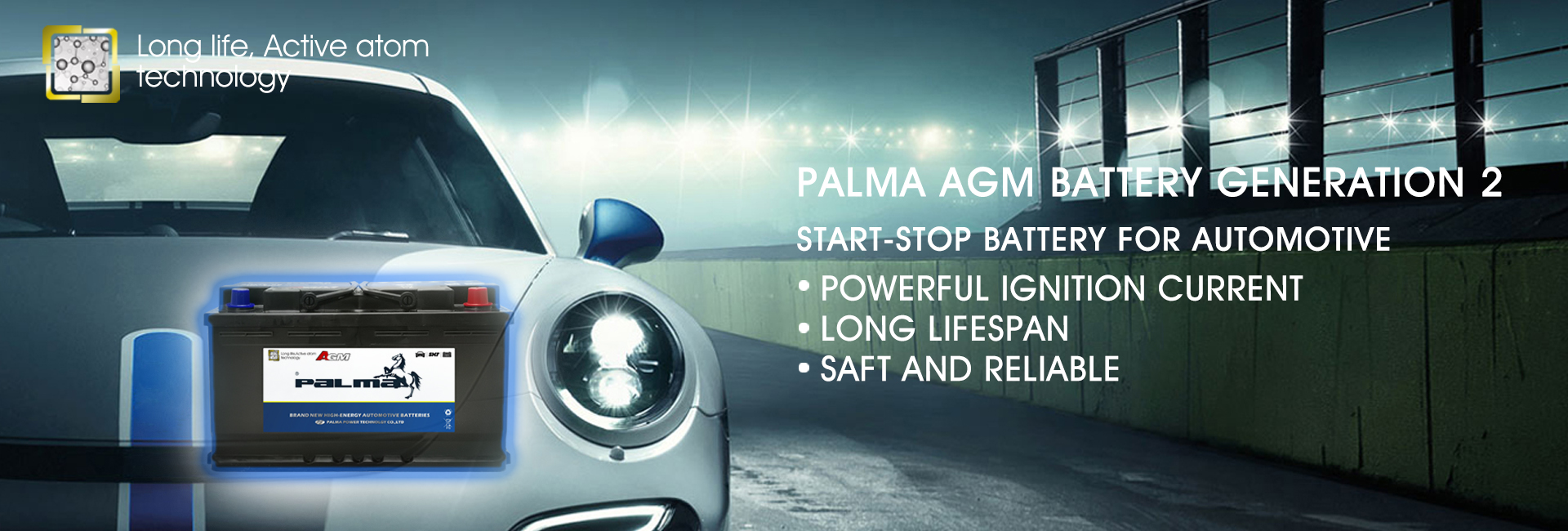Experimental Operation Status of Start-Stop Batteries
The engine start-stop system has rapidly captured a significant market share in a short period, particularly in recent yearswithin Europe, where new vehicles are increasingly equipped with start-stop systems. Concurrently, vehicles featuring start-stop functionality have begun entering markets in China, Japan, and the United States. Reductions in fuel costs and controllable CO2 emissions have both driven the advancement of this technology. The performance of the start-stop system depends on various factors: on one hand, changes in test conditions - currently, multiple vehicle test standards coexist, such as NEDC, FTP75,JP08, and the recently developed globally applicable WLTP standard; on the other hand, real-world driving conditions, including driving patterns, transportation norms, climatic conditions, and driver behavior, alongside vehicle design and configuration, and theimplementation of the start-stop operational strategy, all determined by vehicle manufacturers. All these factors influence the operational behavior of the start-stop battery. Additionally, there is the journey aspect; the battery must be capable of supplying power during engine-off periods beforeth enginerestarts. During engine starting, the battery's load voltage mustnot drop below a critical threshold. Often,within short engine-on periods, the battery needs to receive sufficient charge from the alternator to compensate for the previous discharge.
Battery design must meet actual servicelife requirements. The Battery Monitoring and Management System(BMS) is used to monitor key battery characteristic parameters: such as the State of Charge (SOC), voltage drop during the bridge phase when the engine is off (sag), battery resistance during restart, and to predict future battery performance under load conditions. Furthermore, the management system must be able to determine whether the vehicle is in a stationary state before activating/ deactivating the start-stop system or before an automatic engine restart. This ensures the reliability of the start-stop system during actual driving.
The use of start-stop batteries helps achieve the automotive industry's goal-meeting statutory requirements for CO2 emission reduction.
Therefore, various optional technical concepts and improvement methods can be integrated into start-stop battery technology. Start-stop technology is not the sole target technology but rather one of several possible means to achieve the desired goals.
The key to start-stop batteries in the market lies in designing batteries with start-stop functionality and ensuring the effectiveness and reliability of the system during on-road operation. Cycle tests cannot fully replicate the actual continuous operational conditions encountered on the road.
Currently, numerous related start-stop technologies are being applied to an increasing number of standard vehicles "abandoning" the traditional engine concept: such as idling start-stop; various functions like voltage regulation, recuperation, passive boosting, etc.
It is estimated that from 2006 to the end of 2015, approximately 40 models with start-stop functionality will be widely adopted. Different start-stop technologies are used across these roughly 40 vehicle models, operating at different States of Charge (SoC), different Ah levels (for recuperation), and different Ah levels (for active boosting), resulting in significantly diverse start-stop concepts. There are approximately 4 models with start-stop functionality produced by various manufacturers, for which test procedures have been established. For example, the Hanover circular test often combines active boosting with recuperation.


